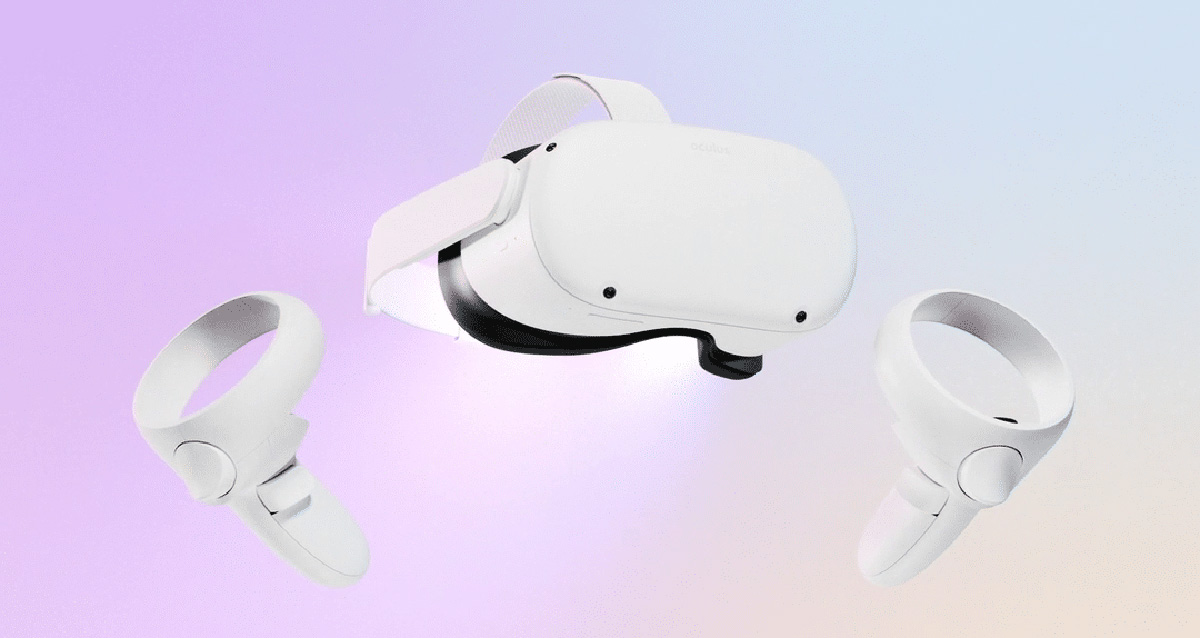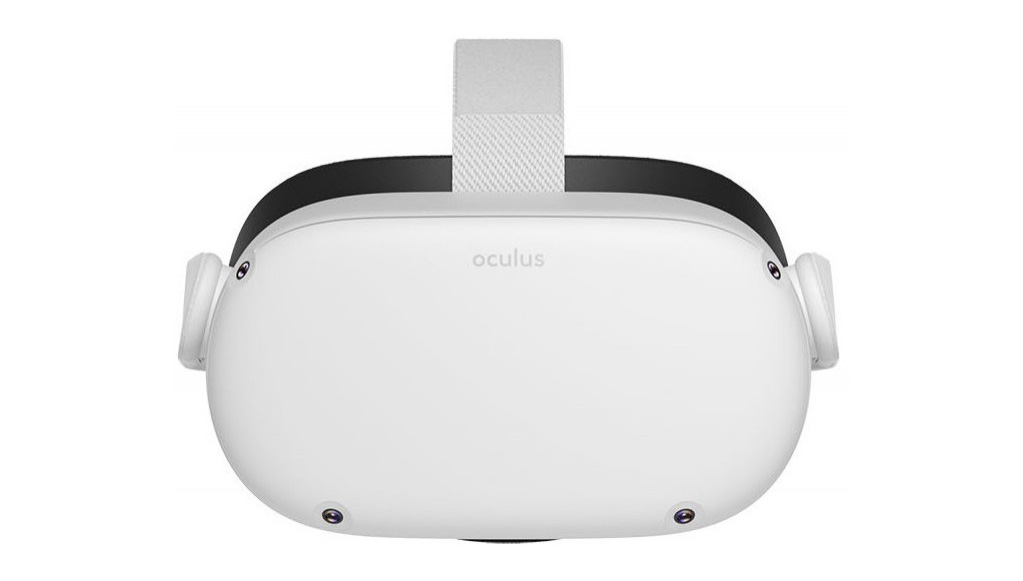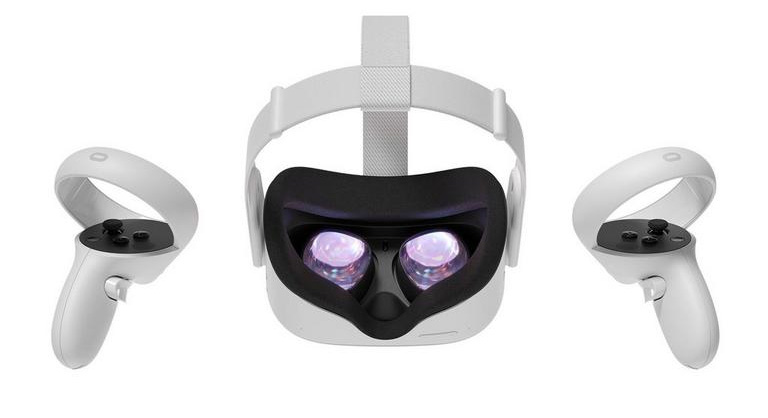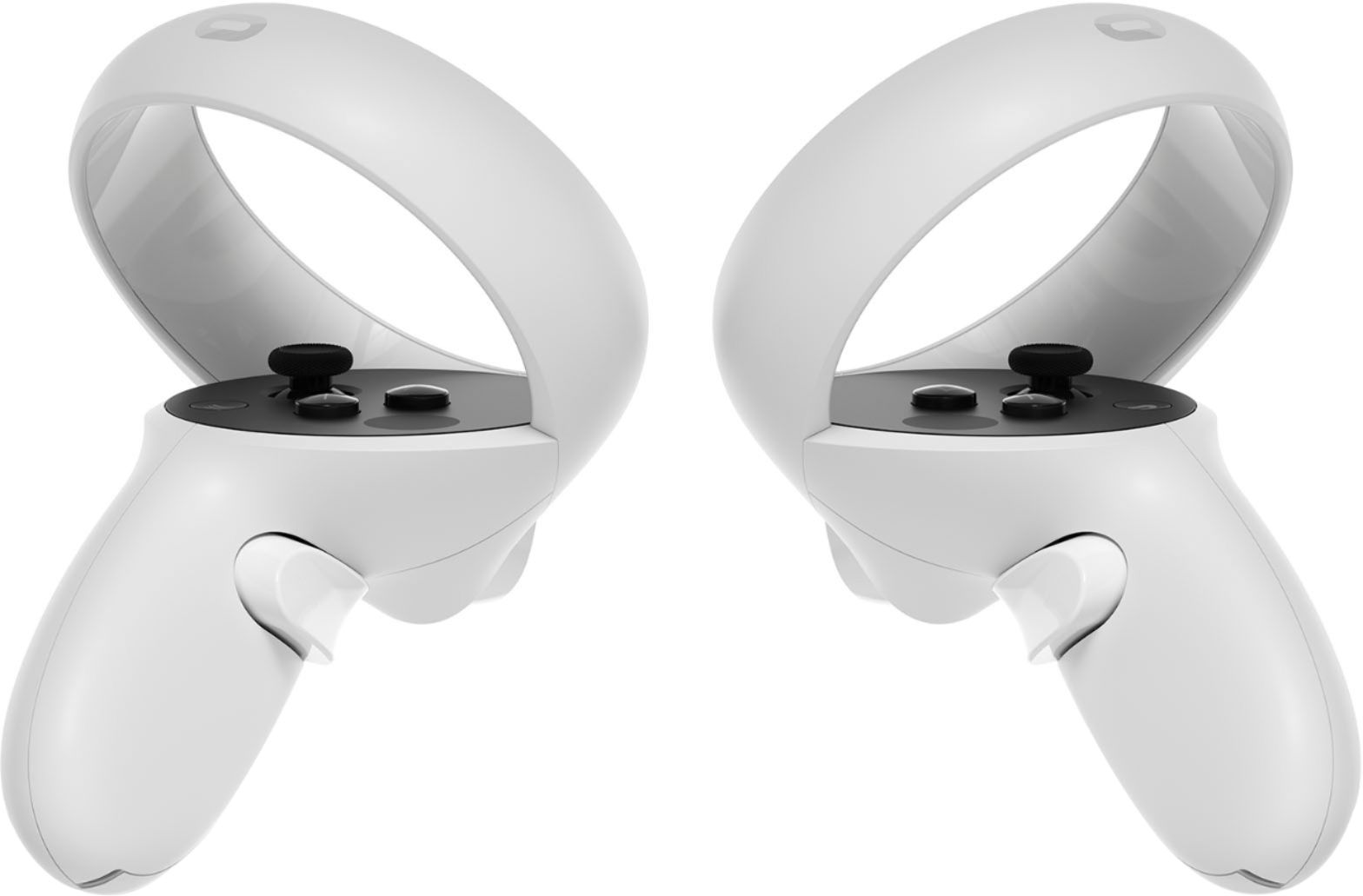Equipment
First Impressions with the Oculus Quest 2

The Oculus Quest was first where the promises of VR, a baseline standard of quality, and affordability met, and Oculus (read: Facebook) seems to have been pretty well rewarded for finding the sweet spot. It’s estimated that half of all VR headsets sold in 2019 were Oculus Quest headsets, so I think we’re all a little curious if Oculus can one-up themselves again and so quickly. In a word, it’s yes. The Oculus Quest 2 is an improvement in all the ways that matter if you can get past the need for a Facebook account.
I usually like to get into the technical specifics first, and that works well here. It’s where you’ll find most of the improvements. These improvements may only seem like marginal updates, but they are more than the sum of their parts and make the headset much easier on the eyes.
First, I’ll get into what hasn’t changed very much. The Oculus Quest 2 headset features the same inside out tracking that the first Quest had with minor improvements to controller tracking. Inside out tracking just means that the device can track itself in a space without the need for external sensors. The headset carries over the speaker design as well. A stereo pair of speakers sit over the ears for pick-up-and-play simplicity, and they still leave a bit to be desired. Total volume was a let down on the original Oculus Quest and it’s still weak on the Oculus Quest 2. This is an area where convenience often trumps quality, but I’d recommend just plugging in a decent pair of headphones to the 3.5mm jack for a much improved audio presence. The headset uses the same app with some new login requirements that I’ll get into later, and it can still be used as a tethered PC VR headset with a separately purchased Link Cable.
Let’s talk resolution. I’ve always immediately noticed the “screen door effect” when I put on a VR headset. The gridded lines that cover the entire image make reading text and seeing fine details taxing on the user’s eyes. With a new display panel, the Oculus Quest 2 delivers 1832 x 1920 lines of resolution to each eye. That’s pretty impressive from a headset that does not require a separate PC to push those pixels. For comparison’s sake, the original Oculus Quest had a resolution of 1440 x 1600 per eye, and Oculus’s tethered Rift S has only 1280 x 1440 per eye. The Q2 even beats out top-of-class headsets like the Valve Index in the resolution department. With the improvement in resolution comes a swap from an OLED panel to a presumably cheaper-at-this-resolution LCD panel. This results in slightly greyer black levels, but in use, it’s hardly noticeable. The field of view inside the headset is technically reduced but I couldn’t tell a difference.
The refresh rate is a spec that is usually felt much more than it is visually noticed. If you’ve ever felt queasy inside the previous Oculus Quest, there’s a good chance that its dismal refresh rate was to blame. There is a (currently locked) bump up with the Quest 2, but really I’d consider the upgraded 90 Hz refresh rate to be just base-line acceptable. Though, it makes sense considering the headset is powered by the Snapdragon XR2 platform with graphics capabilities on par with high-end mobile devices. Note that the headset at the time of this review is still locked to the Quest 1’s refresh rate of 72 Hz for apps until opened up by Facebook at an unknown later date.

The Quest 2 starts at $299, a hundred dollars cheaper than the Q1, but that hundred dollars reduction is obvious in the quality of the head strap. If you’re purchasing an Oculus Quest 2 for yourself, it’s worth looking into the premium head strap option that will be offered by Oculus. It’s a $50 add on ($120 with some extra battery power and a case) that hopefully remedies my biggest gripe with the headset. The headset never feels quite as secure as the Q1 and pales in comparison to the fantastic ratcheting mechanism on the Rift S, but it’s an obvious way for them to bring the cost down. First time and casual users will probably get along just fine with the change and extra $100 in their pocket.
The controllers have only minor changes in design and operate identically. There’s a little extra space to rest your thumb and changes to the battery door design kept the covers from sliding around while grabbing the controllers. Battery life from a single AA in each controller is improved, but in a weekend with the headset, I’d be hard-pressed to run them all the way down on either version of the Quest. I’ve heard conflicting reports of whether the controller tracking is better or worse here, but I saw no difference at all. I’d have to assume with data rolling in from customers using the headsets, the tracking algorithm will be improved over time as was the case with the Q1.
I said the “data” word, so let’s take a look at the line in the sand that most of the internet has drawn in front of the Oculus Quest 2. Facebook announced in August that in October their Oculus headsets would require a Facebook account to operate. Before, all that was needed was a separate Oculus account. I find this distinction between an Oculus account and a Facebook account an odd one. If you’re worried about Facebook having access to the data streaming out of your headset (a very reasonable worry), they already had it with your Oculus account. Other concerns include needing to keep your Facebook account “in good standing”. This is also a valid concern, but I don’t see it as unique to Facebook. Facebook is just really easy to hate right now. All that being said, you WILL need a Facebook account to operate this headset, and I think you probably already know whether that is a line you’re willing to cross.
What I liked:
- Improved resolution greatly reduces eye strain
- Great app and store
- Generally, high quality fit and feel
What I didn’t like:
- Head strap is an obvious cost-cutting measure
- Facebook account integration will turn some away
To close, the Oculus Quest 2 is catering to a demographic of VR users that pulls the headset out at family gatherings or plays Beat Saber a few nights a week, and our rental of the headset works perfectly in a try before you buy scenario. We initially rented the original Oculus Quest in hopes of integration with our 3D 360 camera inventory and that never panned out. It seems Facebook has swerved even further away with the second version of the Quest headseat. What is does it does very well and at a price that cannot currently be touched.
Author: Joshua Richardson
I’m Joshua and a video technician at Lensrentals.com. Before Lensrentals, I was a weekend portrait photographer and owned an audio recording studio just outside of Memphis, TN. Now, I have the pleasure of inspecting a small selection of the video gear you rent, and after hours produce content for YouTube and the wider internet.
-
ipdouglas
-
Falcon Falcone


